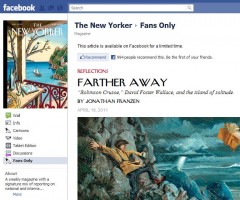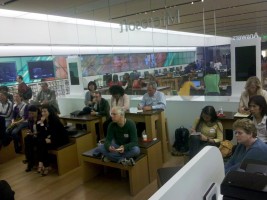This post was originally published as a note on Luke O’Neill’s Facebook page, May 25, 2011. It is used with permission and has been edited for publication on ModernJournalist.com.
Since the beginning of the year, I’ve found a number of stories through Facebook. In fact, I have been able to source more contacts through Facebook than I have through Twitter.
I write for the Irish Echo, a small publication in Sydney, Australia. I used Facebook to find sources during the Queensland floods, Cyclone Yasi, the Christchurch earthquake and the Japanese tsunami, earthquake and ensuing Fukushima nuclear scare.
Here are some example of stories sourced using Facebook search:
- Irish in Tokyo recall moment quake hit
- Tipperary natives helping Gatton flood clean-up
- Wexford woman recalls night Yasi hit Tully
We need Irish voices in our stories. The catastrophic events I mention above were not fitting for my newspaper until we were able to find that Irish people were involved. So there is a sort of strange, self-imposed nationality-based restriction to the stories I write. This is where Facebook came in.
Continue reading



